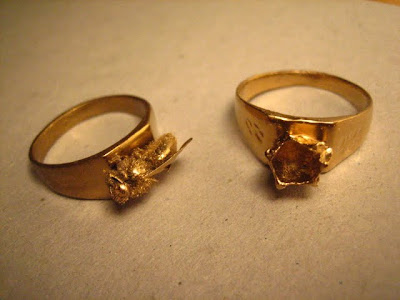














 If you've got seeds from my Bee Day @ the Design Cafe, you can follow these simple instructions on when to sow the seeds and when they will bloom. Good luck!
If you've got seeds from my Bee Day @ the Design Cafe, you can follow these simple instructions on when to sow the seeds and when they will bloom. Good luck!


For an immediate glimpse of this dubious future, we can look to Maoxian County of Sichuan, China. It is an area that has lost it pollinators through the indiscriminate use of pesticides and the over-harvesting of its honey. The result is that hand pollination of pear and apple trees has become a common practice. In this part of China, the honey bee has been replaced by the human bee.
Consider that every spring for the last two decades, thousands of villagers have climbed through fruit trees hand-pollinating blossoms by dipping “pollination sticks”(brushes made of chicken feathers and cigarette filters) into plastic bottles of pollen and then touching them against each of the tree’s billions of blossoms. Could this method of pollination be a glimpse of our future? Humans replacing bees by hand pollinating trees and plants in an attempt to produce one third of our food staples.


